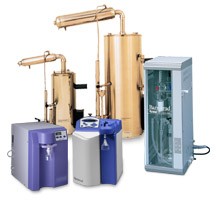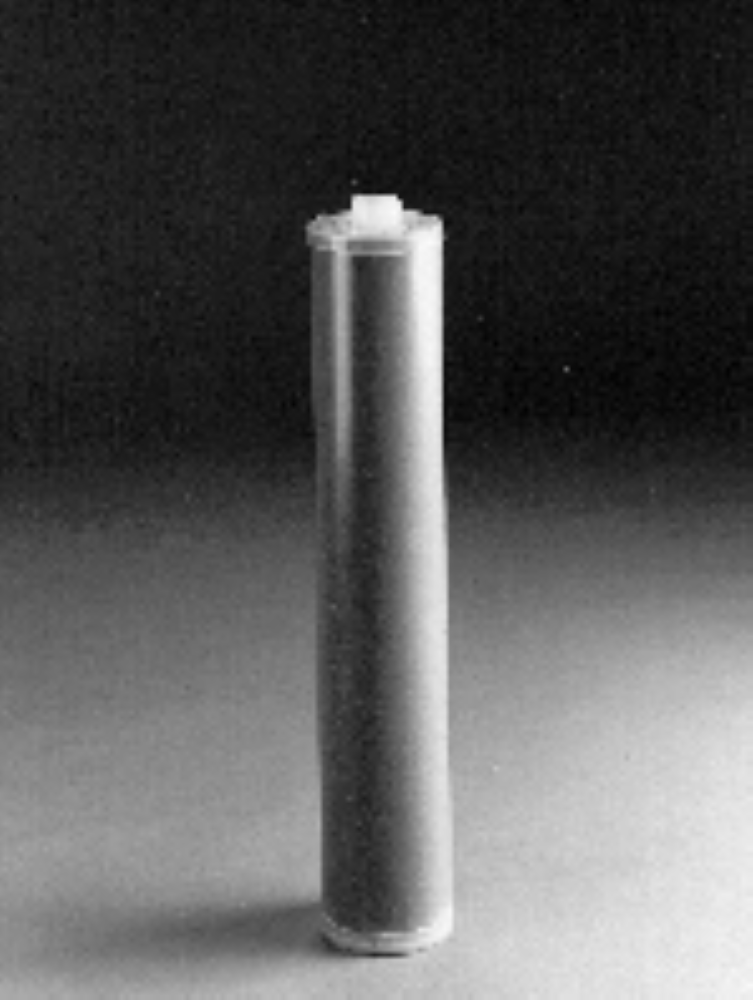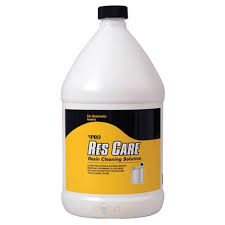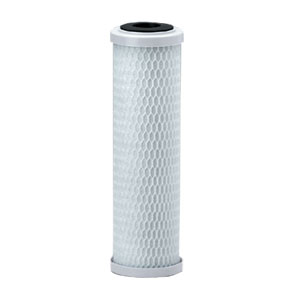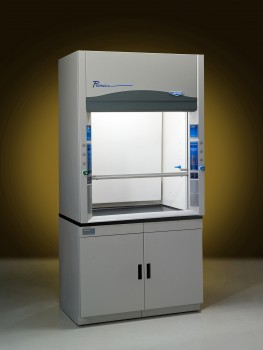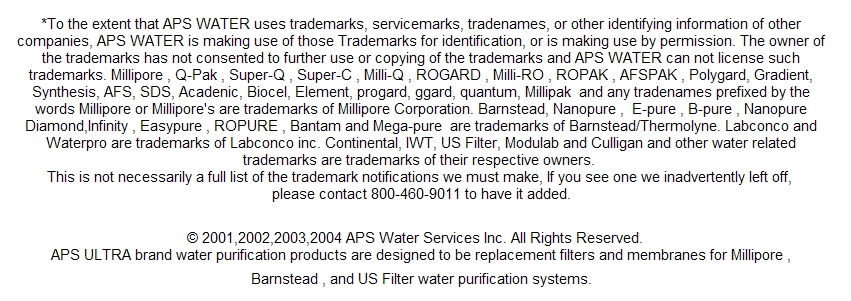Elevated Levels of Coliform Bacteria in a Public Water Supply
From the CDC
In August 1984, routine bacteriologic monitoring of a water distribution system serving 350,000 people in Connecticut revealed elevated total coliform counts (mean 12.1 coliforms/100 ml) (standard 1 coliform/100 ml). Speciation of coliforms identified Klebsiella pneumoniae, Enterobacter cloacae, and E. aerogenes, but not Escherichia coli. An investigation was begun to determine the source and public health significance of the bacteria in the water supply. Interim control measures included increased chlorination and flushing of the distribution system but not a boil-water order.
The distribution system received water from four reservoir systems and five well fields. Water from three of the reservoir systems was filtered and chlorinated. Water from the other reservoir and from the well fields was chlorinated but not filtered. Free-chlorine residuals were maintained at 0.6-1.0 ppm in treatment effluents from surface sources and 0.2-0.4 ppm at the well fields and ranged from 0.2 ppm to 0.5 ppm at points distant in the distribution system.
Some distribution system sample sites received water from only one source rather than a mix from several sources. When coliform counts from these sites were stratified by water source and type of treatment, the percentage of samples with more than 4 coliforms/100 ml in each stratum was significantly greater than the standard of less than 5% (p 0.05). The percentage was 15% (13/87) from sites receiving water from the five well fields; 18% (25/139) from the unfiltered reservoir system; and 21% (19/92) from the three filtered reservoir systems.
Because elevated coliform bacteria counts were found throughout the distribution system, it was felt that fecal contamination originating from one part of the system was unlikely. Further evaluation to rule out fecal contamination included inspections of water-treatment facilities to identify lapses in chlorination and cross-connection incidents; review of surveillance data from 1982 to 1984 for Salmonella, Shigella, and hepatitis A from the towns served by the distribution system and all other Connecticut towns; expanded daily bacteriologic monitoring; fecal coliform testing; and continued speciation of coliforms. No evidence was found of fecal coliform contamination. After the initiation of control measures, the percentage of specimens with more than 4 coliforms/100 ml remained elevated for 2 weeks, then decreased to below 5%.
The types of coliforms found in this distribution system, while not in themselves enteric pathogens, have been associated with infections in compromised patients, particularly in the hospital setting. A review of nosocomial infections occurring in April-September 1984 in intensive-care units of a large hospital served by the utility found no increase in the number of K. pneumoniae infections with antimicrobial sensitivity (gentamicin-sensitive) similar to the water system isolates. Data from another local hospital revealed no significant increase in the percentage of hospital isolates of K. pneumoniae, E. cloacae, or E. aerogenes that were gentamicin-sensitive in July-August 1984, compared to 1983. Reported by F Ludwig, South Central Connecticut Regional Water Authority, A Cocco, Hospital of St Raphael, S Edberg, PhD, Yale-New Haven Hospital, R Jarema, Water Supplies Section, JL Hadler, MD, State Epidemiologist, Preventable Diseases Div, Connecticut Dept of Health Svcs; EE Geldreich, PhD, Drinking Water Research Div, U.S. Environmental Protection Agency, Cincinnati, Ohio; Div of Field Svcs, Epidemiology Program Office, CDC.
Editorial Note
Editorial Note: Water distribution systems normally contain living microorganisms and nutrients that may enter a system with raw water during treatment failures or from sources, such as leaks, cross-connections, and back-flows. Bacterial growth may occur at or near the pipe surfaces (biofilms), the interface of suspended particulates, and within the water itself. Factors that influence bacterial growth include water temperature, flow rate, and chlorination. The bacteria commonly found in biofilms grow on minimal nutrients and are able to encapsulate or develop a gelatinous slime that protects them from the effects of chlorine(1).
The data from the Connecticut investigation were consistent with the hypothesis that the elevated total coliform counts were due to the sloughing of coliform bacteria that had accumulated within a biofilm on inner pipe surfaces. The coliforms were of the same types commonly found in biofilms (1). Persistent elevations in coliform counts during the first few weeks of control measures were consistent with biofilm sloughing. Two of the major control measures, increased chlorination and flushing of the distribution system, promote sloughing of biofilm with corresponding elevations in coliform counts (2). Because the coliform speciation data and the above analyses supported the biofilm hypothesis and no evidence of adverse health effects due to coliforms of the types isolated from the water distribution system was found, state and federal water-quality officials recommended against issuing a boil-water order.
Water-quality problems caused by the bacterial colonization of water distribution systems are probably much more common than reported. In two cities where these problems were well described (2,3), water-quality crises were highly publicized, expensive to manage, and difficult to resolve. Increased chlorination and flushing were eventually successful in eliminating the coliforms from the distribution systems in both cities. Health officials in one city assumed that the bacteria were a potential health risk in the absence of information to the contrary and issued a boil-water order. In the other city, officials waited until the mean coliform bacteria count for the system exceeded 200 coliforms/100 ml before issuing an order to boil water. While Connecticut water-quality regulations give health officials the power to issue a boil-water order, criteria on which to base the decision to issue such an order do not exist.
No outbreaks of waterborne disease due to coliforms in potable water of the types found in biofilms have been reported to CDC. No association was found between hospital infections and biofilm sloughing in Connecticut, but additional studies are needed.
Historically, total coliform standards were established because it was felt that the total coliform count was an index of the presence of fecally associated bacterial and viral pathogens. This relationship may not be consistently true, especially in the setting of biofilm sloughing. At present, elevated coliform counts in community water distribution systems must be evaluated on a case-by-case basis to determine whether the counts are due to biofilm growth and sloughing or represent fecal contamination. Biofilm growth in water distribution systems may be a recurrent issue for water utility managers and public health officials and a challenge to those who are asked to interpret water-quality standards when they are not met.
References
Safe Drinking Water Committee. Drinking water and health. Vol. 4. Washington, D.C.: National Academy Press, 1982.
Hudson LD, Hankins JW, Battaglia M. Coliforms in a water distribution system: a remedial approach. Am Water Works Assoc 1983;75:564-8.
Earnhardt KB. Chlorine resistant coliforms--the Muncie, Indiana, experience. Proceedings, 8th Annual American Water Works Association Water Quality Technology Conference, December 1980, Miami, Florida. Denver, Colorado: American Water Works Association 1980:371-6.
http://www.cdc.gov/mmwr/preview/mmwrhtml/00000504.htm
|

Images are representative of the products. Images may or may not be of the actual product. If it is important e-mail us for an actual image if available.
* Flat Rate UPS shipping when able to ship via UPS and is in the USA excluding Hawaii and Alaska.
Larger Items may not be able to ship via UPS, in that case freight charges will be quoted seperately.
International shipping will be quoted after the order is placed. You will have the opportunity to cancel before we finalize your order.
Terms and conditions
Credit Application
Privacy
Policy
Google Apps
List All Products
|
